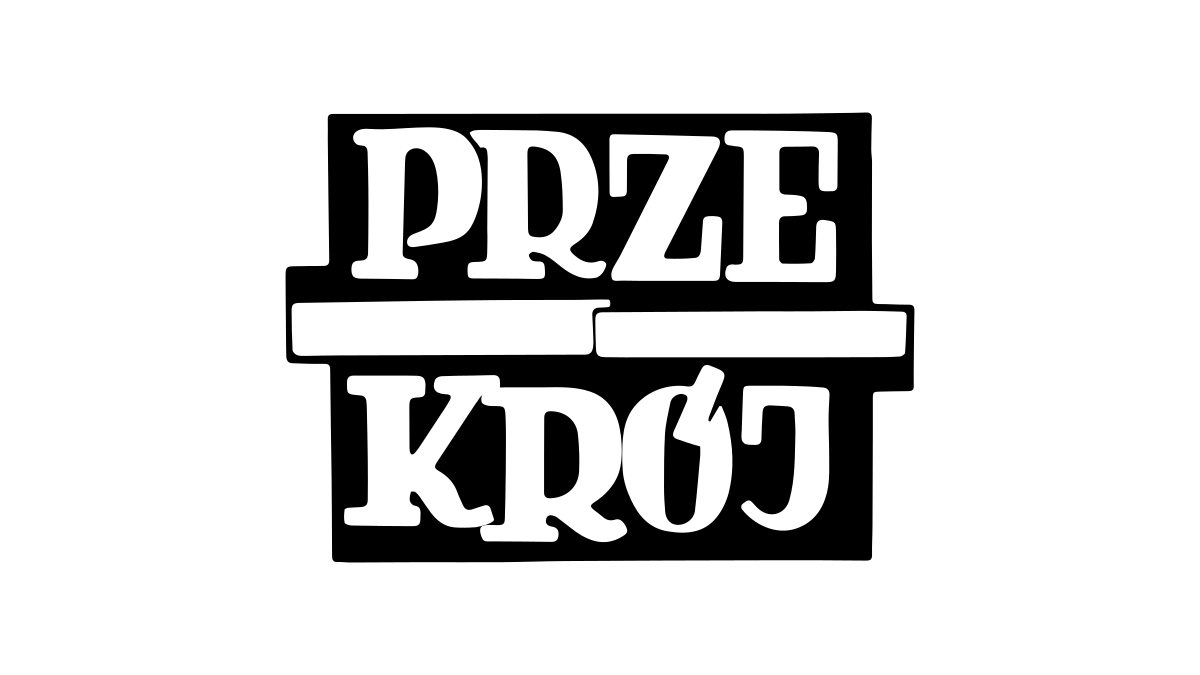
Kindness, generosity, and acceptance are just some of the invaluable elements of intergenerational gift exchange. When the oldest and the youngest meet, the time they can experience expands in both directions—giving one a glimpse of the past and the other of the future.
Displayed at the Louvre, the painting An Old Man and His Grandson (Ritratto di vecchio con nipote, ca. 1490) by Domenico Ghirlandaio is perhaps the most beautiful representation of the bond between the oldest and youngest generations. The tempera painting on a poplar panel depicts a man with gray hair, a forehead crisscrossed with wrinkles, and a nose deformed by disease, holding a little boy in his arms. They’re gazing at each other with love and care. The man is smiling gently while the boy appears serious, but his long and bright curls playfully spill out from under his hat. His cheeks are smooth, and his nose and mouth are proportional, in contrast to the deformed face of the old man.
The painting was probably created in the aftermath of the old man’s passing—Ghirlandaio’s surviving sketch depicts the same face, only with his eyes closed. In both works, the artist rendered it so accurately that, when looking at it today, it’s easy to determine the disease the portrayed man had suffered from. However, that’s not what’s most important. The Italian master succeeded in capturing something that is extremely difficult to convey—in the eyes of the grandson, the grandfather’s deformed face is transformed—it becomes almost beautiful. The boy loves his








